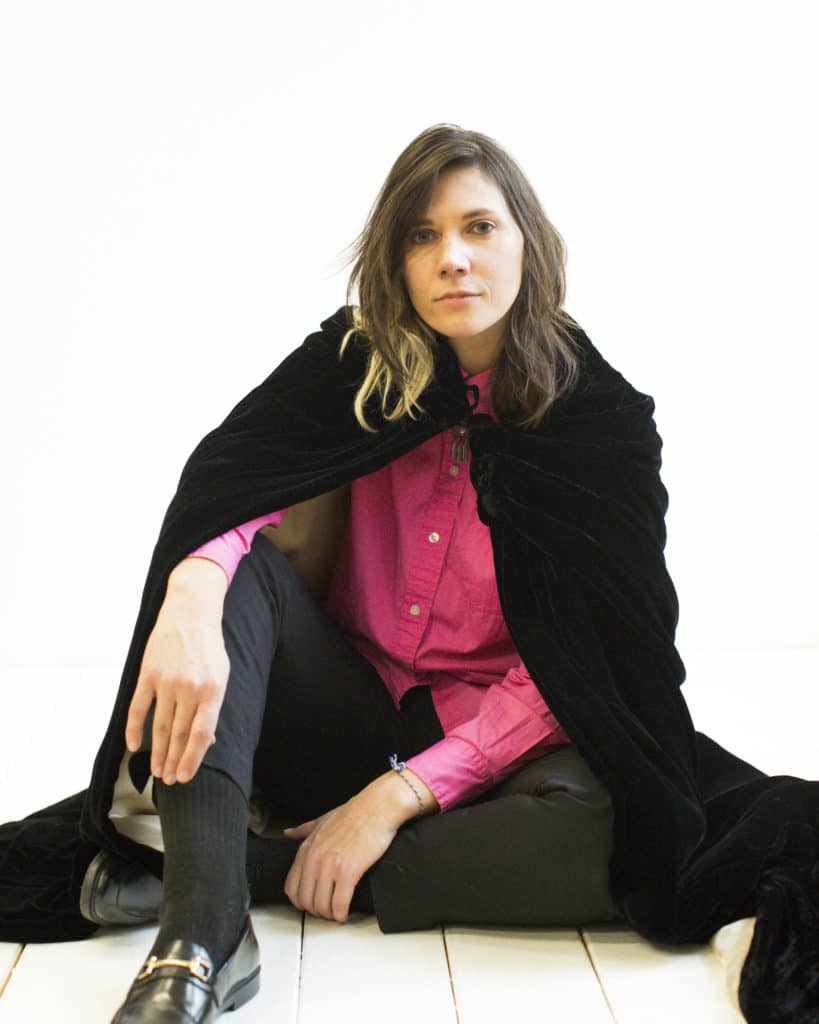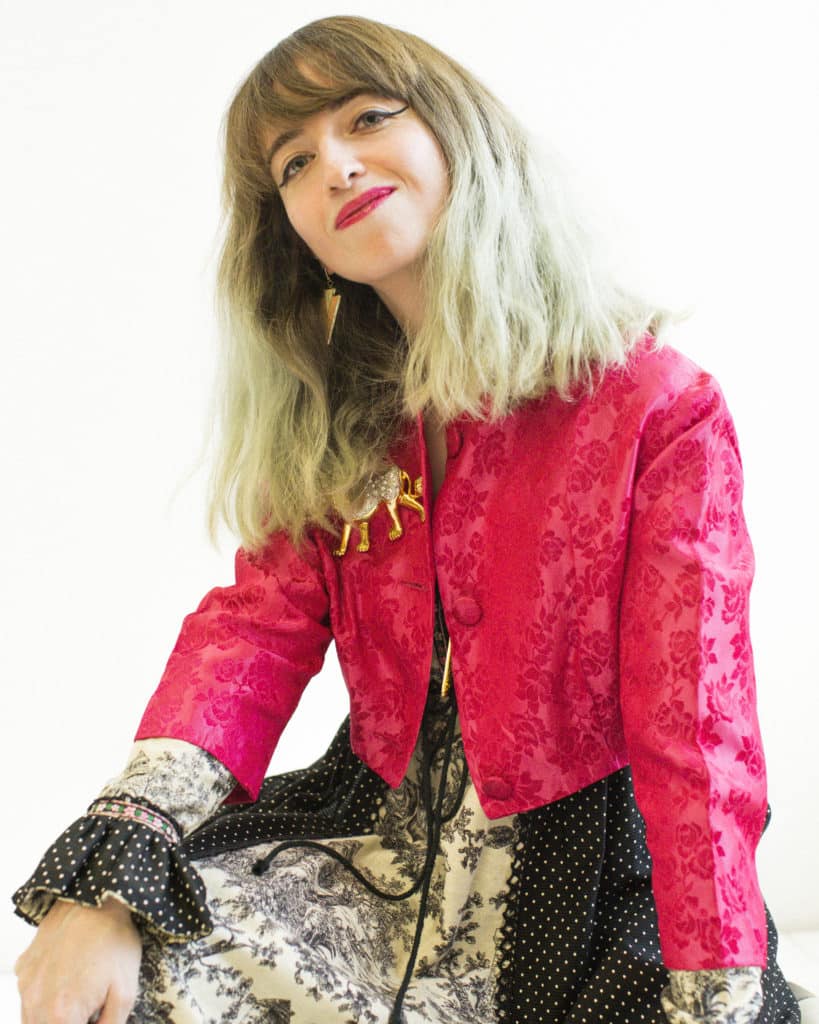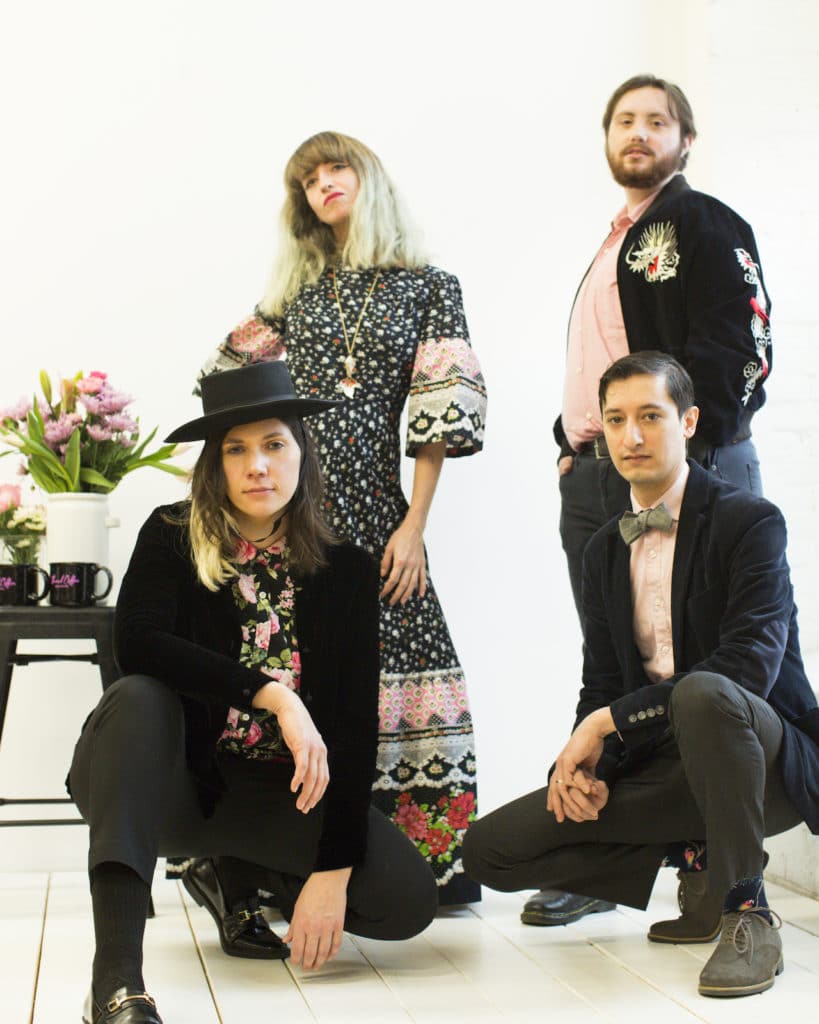No products in the cart
 The Pangoa cooperative, in Peru, has an internal lab that works on quality control, improving agricultural practices and developing strategies to combat roya.
The Pangoa cooperative, in Peru, has an internal lab that works on quality control, improving agricultural practices and developing strategies to combat roya.
 Pangoa has been testing Caturra and Typica in a lab against the new hybrids, which include a strain of robusta, that are being promoted as Roya-resistant. On first cupping the hybrids may be comparable to the 100% arabica varieties. However, after the coffee has been in storage the hybrids have a more rapid noticeable decrease in quality, while the Caturra and Typica retain their quality longer.
Pangoa has been testing Caturra and Typica in a lab against the new hybrids, which include a strain of robusta, that are being promoted as Roya-resistant. On first cupping the hybrids may be comparable to the 100% arabica varieties. However, after the coffee has been in storage the hybrids have a more rapid noticeable decrease in quality, while the Caturra and Typica retain their quality longer.

William Vasquez Diaz, a Pangoa youth leader and spokesperson for the board of directors talks about the plants in the test plot.
During harvest season the 3 person team in the quality control lab will cup as many as 50 coffees a day. They take samples of green coffee, still in it’s parchment, weigh out a sample then remove the parchment. Next the green beans are weighed again, to see how much weight is lost with the parchment. The beans are then sorted with defects being removed and the humidity of the beans is tested. The QC team keeps careful notes about all of these factors. The coffee is then roasted in a sample roaster, cupped and scored.
 A coffee sample, in Pangoa’s lab, with parchment still on.
A coffee sample, in Pangoa’s lab, with parchment still on.
 Wilder Jara Laura, one of Pangoa’s technicians, removes parchment from a green coffee sample.
Wilder Jara Laura, one of Pangoa’s technicians, removes parchment from a green coffee sample.
 Wilder pre-sorts the green coffee beans, removing any that are too small.
Wilder pre-sorts the green coffee beans, removing any that are too small.
 Wilder removes any green coffee beans with defects, weighs the coffee and tests the humidity.
Wilder removes any green coffee beans with defects, weighs the coffee and tests the humidity.
 Wilder pulls a finished batch of coffee from the sample roaster into a cooling tray.
Wilder pulls a finished batch of coffee from the sample roaster into a cooling tray.
 After notes are made about the dry aroma of the ground coffee beans, hot water is added. Notes are made about the wet aroma, then the surface is “broken” and skimmed before tasting begins.
After notes are made about the dry aroma of the ground coffee beans, hot water is added. Notes are made about the wet aroma, then the surface is “broken” and skimmed before tasting begins.
Pangoa has 359 members who are certified organic or in transition. They encourage all members to grow with organic practices, but are focusing special attention on young members who are more open to change and have the energy to do the necessary extra work to get certified. Pangoa’s organic coffees are further sorted at cupping, those scoring 80 and above for quality are set aside to be sold in organic lots, those scoring below get mixed in with conventional coffees.

Zenón Torre Camargo, President of Pangoa’s 2014 Board of Directors, examines the cooperative’s bokashi in production.
Pangoa’s members have seen a lot of success in preventing roya with careful, organic growing practices. The cooperative is promoting preventative care over spraying heavily with pesticides after the roya has already afflicted coffee plants. Healthy soil that is rich in microorganisms boosts a plant’s ability to fight roya. At Pangoa’s warehouse they are producing bokashi, a special compost which includes rice husk, sheep manure, pressed sugar cane, molasses, residual water from the fermenting of cacao, and microorganisms. The coop has been promoting use of bokashi since 2008, and it has finally taken off as producers can see how the microorganism rich compost has helped with roya resistance. Now there is a waiting list, of producers who don’t have the infrastructure to produce their own, to purchase bokashi from the cooperative.







